Learn expert tips to clean a new piercing and practices for your new piercing to promote speedy healing and prevent infections.
Congratulations on the new piercing! Whether it adorns your nose, ears, belly button, or any other bodily area, it’s a thrilling step toward self-expression and uniqueness. While it might be exciting, it’s crucial to grasp the basics of caring for your new piercing. After all, when you undergo a new piercing process; your body recognizes it as an injury that needs healing with appropriate aftercare.
Therefore, ignoring basic hygiene routines or using hazardous materials can slow down recovery time, not only causing pain and discomfort but also making your newly pierced spot look unattractive. Although cleaning a new piercing could seem difficult, it’s a simple procedure if done correctly. You can guarantee your piercing’s quick recovery, long-term health, and aesthetic appeal by following the instructions provided in this article. Let’s get started!
How Do You Clean A New Piercing?

Proper cleaning of a new piercing is crucial to keep it healthy and ensure it lasts a long time. Here are the essential steps to take care of it and minimize the risk of complications.
Step 1:
Always cleanse your hands thoroughly with antibacterial soap and water before handling your new piercing. This simple first step helps prevent the transfer of harmful contaminants to the piercing site, reducing the risk of infection and complications.
Step 2:
Get a saline solution ready.
Cleaning piercings with a saline solution is very advantageous since it mimics the body’s natural fluids and promotes healing. Even more convenient? Preparing your saline solution at home is simple by combining warm distilled water and non-iodized sea salt. You should avoid using table or iodized salts because they could have other ingredients that can irritate the piercing.
Step 3:
To prepare the saline solution, combine 8 ounces of lukewarm distilled water with a quarter portion of non-iodized sea salt. Make sure you thoroughly stir until all the salt dissolves to prevent unintended reactions from mixing ratio errors on your piercing.
Step 4:
Next, dip a brand-new cotton ball or pad into the salt solution. Gently clean the area surrounding your piercing; try not to move the jewelry too much, as this can irritate it and delay the healing process. Allow the solution to stay on your piercing for a few minutes to sanitize and loosen any pieces.
N.B.: It’s important to rinse the piercing with warm water after washing to get rid of any salt residue and prevent inflammation.
Step 5:
Once the piercing has been properly rinsed, wipe it dry with sterile gauze or a fresh paper towel. Avoid coming into contact with anything like towels and fabrics that could harbor bacteria or lint, which might contaminate the piercing site.
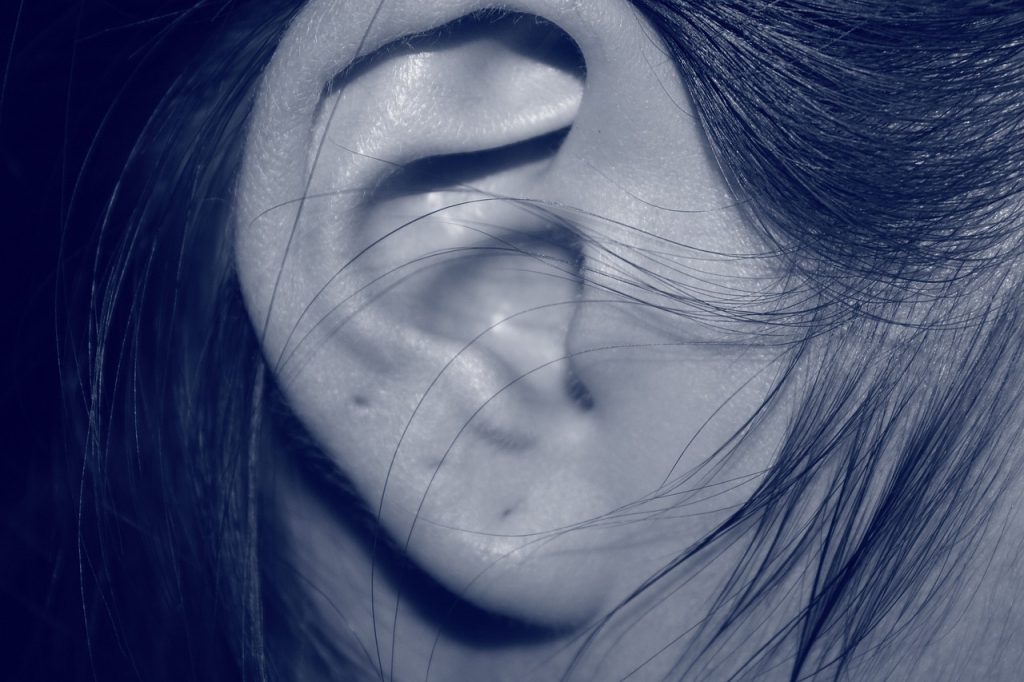
How Frequently Should You Clean A New Piercing?
How often a new piercing needs to be cleaned depends on the kind of piercing and how quickly your body heals. Cleaning is usually advised twice a day, once in the morning and once at night, for the majority of piercings.
However, follow any aftercare instructions provided by your body piercer since they may vary based on where and what type of piercing you have had. Striking a balance between cleaning and avoiding irritability from excessive cleaning is essential. If you have any queries or see any symptoms of infection, it is best to consult your piercer or a medical professional.
Top Alternatives Products to Clean Your New Piercing?
While saline solution is a preferred choice for cleaning piercings because of its gentle nature and similarity to the body’s natural fluids, there are alternative products you can use if you’re unable to make or get a saline solution.
Sterile Saline Wound Wash: This solution comprises distilled water and sodium chloride, commonly known as salt. It’s available at most pharmacies and comes in a spray bottle, making it easy to apply directly to the piercing site without any mixing required.
Antibacterial Soap: Some people choose to clean their piercings with antibacterial soap. If you decide to use this approach, make sure to dilute the soap with water and rinse well afterward to avoid leaving any residue behind.
Tea Tree Oil Solution: Its inherent antiseptic and antibacterial qualities make it a well-liked option for post-piercing care. Use a diluted solution from a few drops of tea tree oil and warm water to clean the area surrounding the piercing.
Products To Steer Clear Of When Cleaning Your New Piercing?

Now that you’ve pierced that cherished part of your body, you must take good care of it. But do you know there are some products you should avoid while doing this?
Here are some of them:
Hydrogen Peroxide: This typical household disinfectant is too strong for the post-piercing treatment. It can cause irritation and dryness around the piercing site, interfere with healing, and harm good skin cells.
Rubbing Alcohol (Isopropyl Alcohol): This can dry out the skin, kill beneficial bacteria needed for healing, and cause irritation and inflammation.
Tea Tree Oil (Undiluted): While diluted tea tree oil with water can be beneficial for piercing aftercare, undiluted tea tree oil is too strong and can irritate, burn, and cause allergic reactions.
Ear Piercing Solution: While marketed specifically for ear piercings, these solutions may contain ingredients that are too harsh or not suitable for other types of piercings.
Best Cleaning Routine for New Piercings?
It’s critical to be consistent when taking care of a new piercing. Additionally, a few lifestyle modifications can greatly facilitate the healing process. This may include:
- Maintain hygiene by not touching the piercing excessively and by waiting to swim in pools, hot tubs, or other natural water sources until the wound is completely healed.
- Use a travel pillow and clean pillowcases to prevent applying pressure on the piercing while you sleep.
- Choose loose-fitting clothing to reduce irritation and friction of the piercing site.
- Limit touching the area surrounding the piercing with cosmetics, hairstyling, and fragrances.
- Finally, to help the body heal and ensure a speedy recovery from your new piercing, keep up a healthy, vitamin and mineral-rich diet.
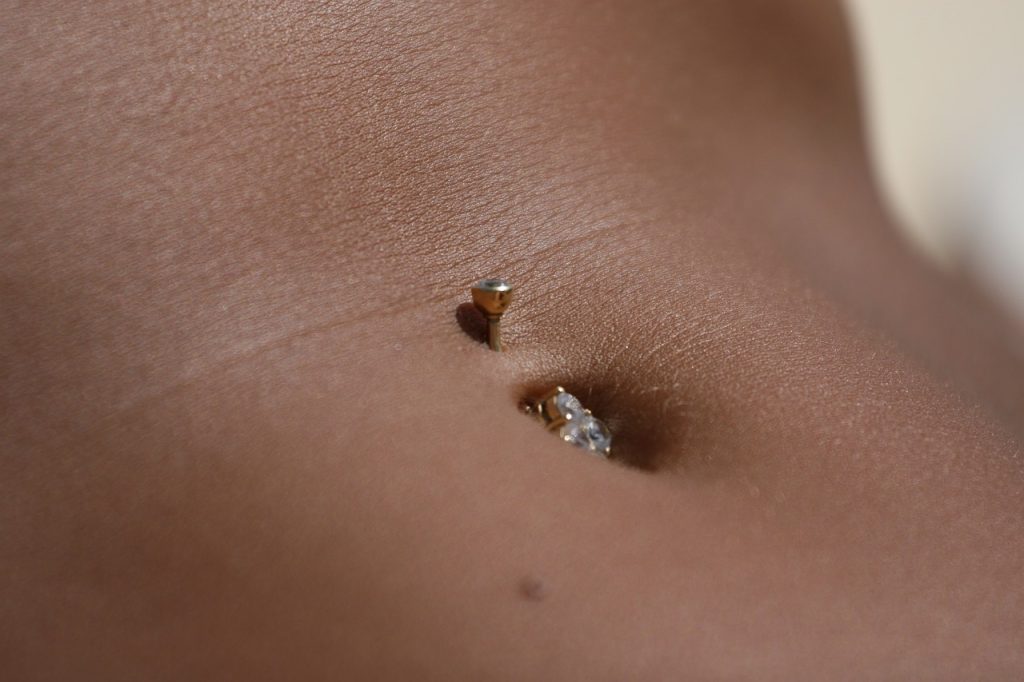
FAQs:
I’m sure you have questions, so let’s go through some of the frequently asked ones together.
Q: How soon after the piercing should I clean it?
A: You should clean your new piercing when you get home from the piercing studio. This would help to remove any blood, lymph fluid, or debris that may have accumulated, thereby reducing the risk of infection.
Q: How long do I clean a new piercing?
A: Cleaning a new piercing is typically recommended twice a day for the first few weeks, or as advised by your piercer or healthcare professional. Generally, you would continue this cleaning routine until the piercing is fully healed, which can take several weeks to several months depending on the type of piercing and individual healing process.
Q: What steps should I take if my piercing gets infected?
A: If you suspect your piercing is infected (signs include increased redness, swelling, warmth, pain, and pus discharge), it’s essential to seek medical attention promptly. Please refrain from taking off the jewelry, as doing so may confine the infection within.
In Conclusion,
A new piercing must be properly cleaned and cared for to heal quickly, avoid infections, and last a long time. By following expert cleaning tips, such as the ones we’ve touched on in this article, and maintaining a consistent cleaning routine, you can promote optimal healing and enjoy your new piercing with super confidence and style.
Alicia
Alicia is a passionate writer with degrees in English and American Literature. Her journey through the worlds of fashion, culture and design is as fascinating as her literary pursuits. Beyond literature, Alicia is equally an optimist who loves life. Whether it's photography, knitting, pottery, or yoga, she's willing to try it all. Beyond trends and labels, she advocate for sustainability and ethical fashion practices. She believe in the power of conscious consumerism, and she strives to highlight brands that prioritize environmental responsibility and social impact.
%s Comment
Leave a Reply Cancel reply
Recent Posts
Your Goth Christmas Style Guide
11/25/2025Cybergoth Aesthetic
11/11/2025How to Prepare for Halloween Night
10/28/2025Categories
Related Articles
Your Goth Christmas Style Guide
The holiday season is often painted in bright reds, greens, and sparkling...
ByAlicia11/25/2025Moss & Misdemeanor: Fairy Grunge Style and Outfits
The fashion world constantly mixes ideas to create new, unique looks. The...
ByAlicia11/18/2025Cybergoth Aesthetic
The alternative landscape is constantly evolving, but few aesthetics hit as hard...
ByAlicia11/11/2025How to Prepare for Halloween Night
As the leaves change and the air turns crisp, the excitement for...
ByAlicia10/28/2025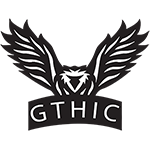



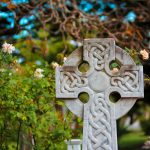


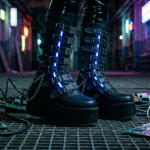



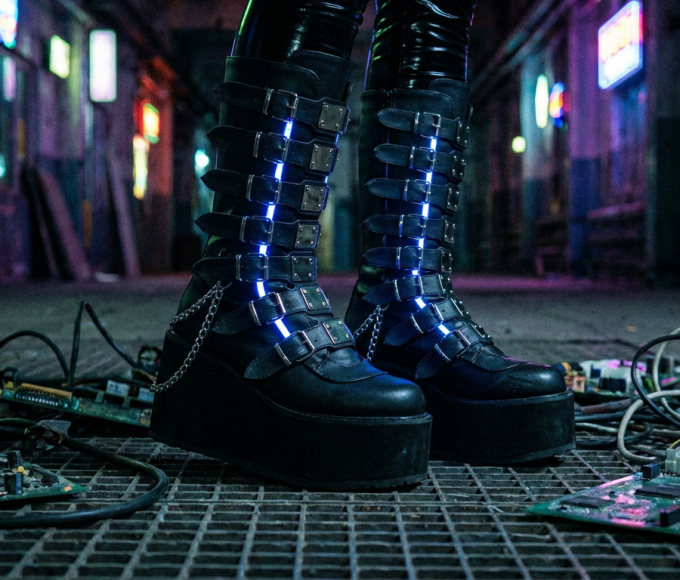

I have been surfing online more than 3 hours today yet I never found any interesting article like yours It is pretty worth enough for me In my opinion if all web owners and bloggers made good content as you did the web will be much more useful than ever before